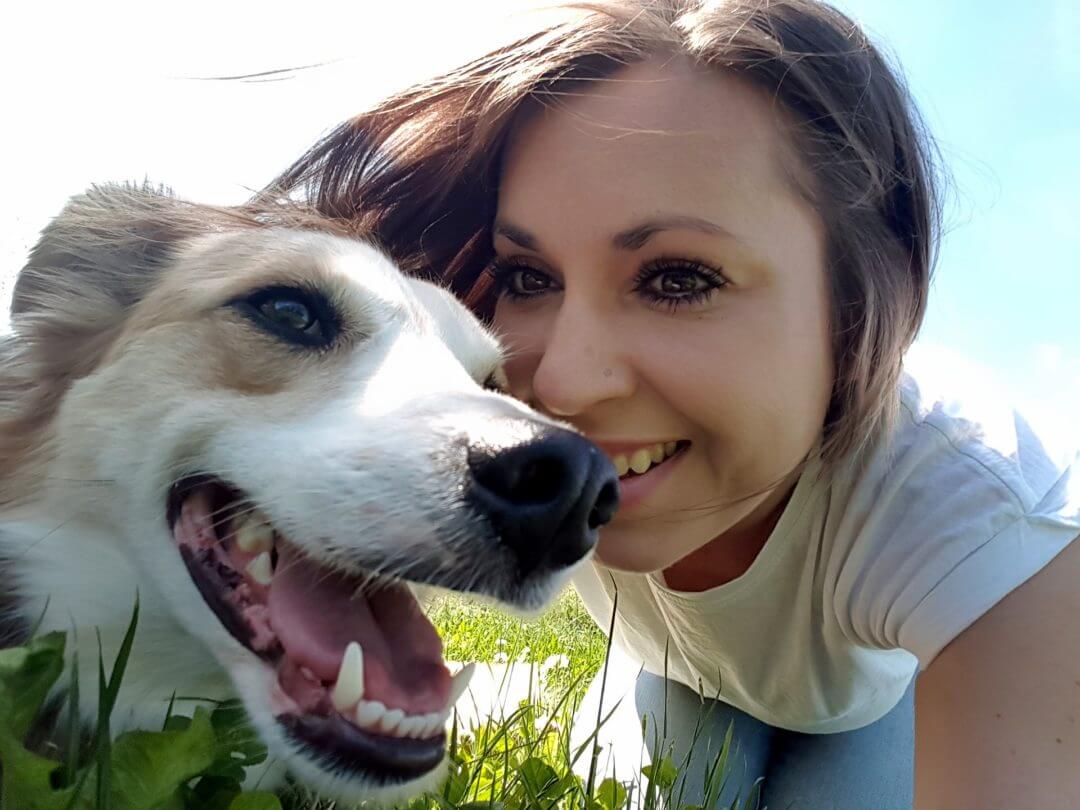If you plan on flying with your pet, you need to be proactive and employ the proper, comprehensive strategy for taking such a journey. There are 10 tips for flying with your pet, to keep in mind.
Book Your Flight Early
You must book your flight early if you desire to travel with your pet. This particularly is the case is you want to carry your furry companion on board the aircraft with you. You need to keep in mind that airlines limit the number of pets that can be on board a particular flight and in the baggage compartment under the aircraft. The number of pets permitted onboard a specific flight typically is two.
Do not just book a reservation online. You need to call the airline directly and confirm that a “pet seat’ is available on the particular flight you desire to take Do not make a reservation until you have that confirmation. Indeed, a wise course is to have the reservation agent with the airline send you a confirmation of the availability of the pet seat.
Book a Direct Flight
When traveling with a pet by plane, you should always strive to book a direct flight. This is the case whether you will be bringing your pet on board with you or if your pet will be transported in baggage compartment.
The last thing you want to have happen is for your pet to be misdirected to the incorrect transfer flight if he or she is stowed in the baggage compartment. In addition, if your pet is traveling on board with you, maneuvering through an airport with an animal can prove to be a challenging experience.

Visit the Vet
You will want to have your pet checked out by the vet before you travel on a plan. You need to confirm that your pet’s vaccinations are up to date. As part of this process you need to obtain a health certificate from the veterinarian within 10 days of your departure date. There may be additional requirements if you are taking an international flight.
Get an Appropriate Carrier
If your pet will be stowed in baggage, you must get a hard-sided carrier. The carrier must be big enough for your pet to stand, turn around, and lie down comfortably and with ease.
A soft carrier can be used if you will be carrying your pet on board with you. Indeed, that is likely preferable. The dog carrier needs to be able to fit under the seat, which does limit both the size of the carrier and pet that can be brought on a plane. Airlines do have weight limits when it comes to pets that can brought on a plane. A pet must never be stowed in an overhead compartment on board an aircraft.
Proper Identification
Make sure that the carrier has complete identification affixed to it. This includes your name and complete contact information, the name of your pet, and contact information for another individual in your destination city.
Test Run
Try to make certain that your pet is somewhat acclimated to the idea of traveling in an aircraft. This can be accomplished by putting your pet into the carrier and making test runs in the car.
Prepare Your Pet on the Day of Flight
Make sure your pet eats a couple hours before the flight. Flying on a full stomach is uncomfortable for a pet. Make sure your pet has plenty of water before departing. Your also needs to tend to his or her business before boarding the aircraft.
Arrive at a Proper Time
Make sure you arrive at the airport at a proper time. You don’t want to be too early. However, you definitely do not want to be late. Have your pet’s health certificate from the handy. You will need to check in at the counter and not curbside. Curbside check in with a pet is not permitted.
Don’t Medicate Your Pet
The Veterinary Medical Association advises that a pet should not be given sedatives or tranquilizers before a flight. Only in extreme cases should this be done. These types of medications and increased altitude pressures can create respiratory and cardiovascular problems for your pet. These medications can also make it difficult for your pet to maintain balance which is dangerous when being transported.
Arrival
Allow your pet time to move about outside the carrier. For example, if you have a dog take your pooch for a walk. Feed and water your pet as well.

===
This is a guest post by Jessica Kane. Jessica is a writer for Handicapped Pets, your most trusted source for dog wheelchairs and harnesses.





2 Comments